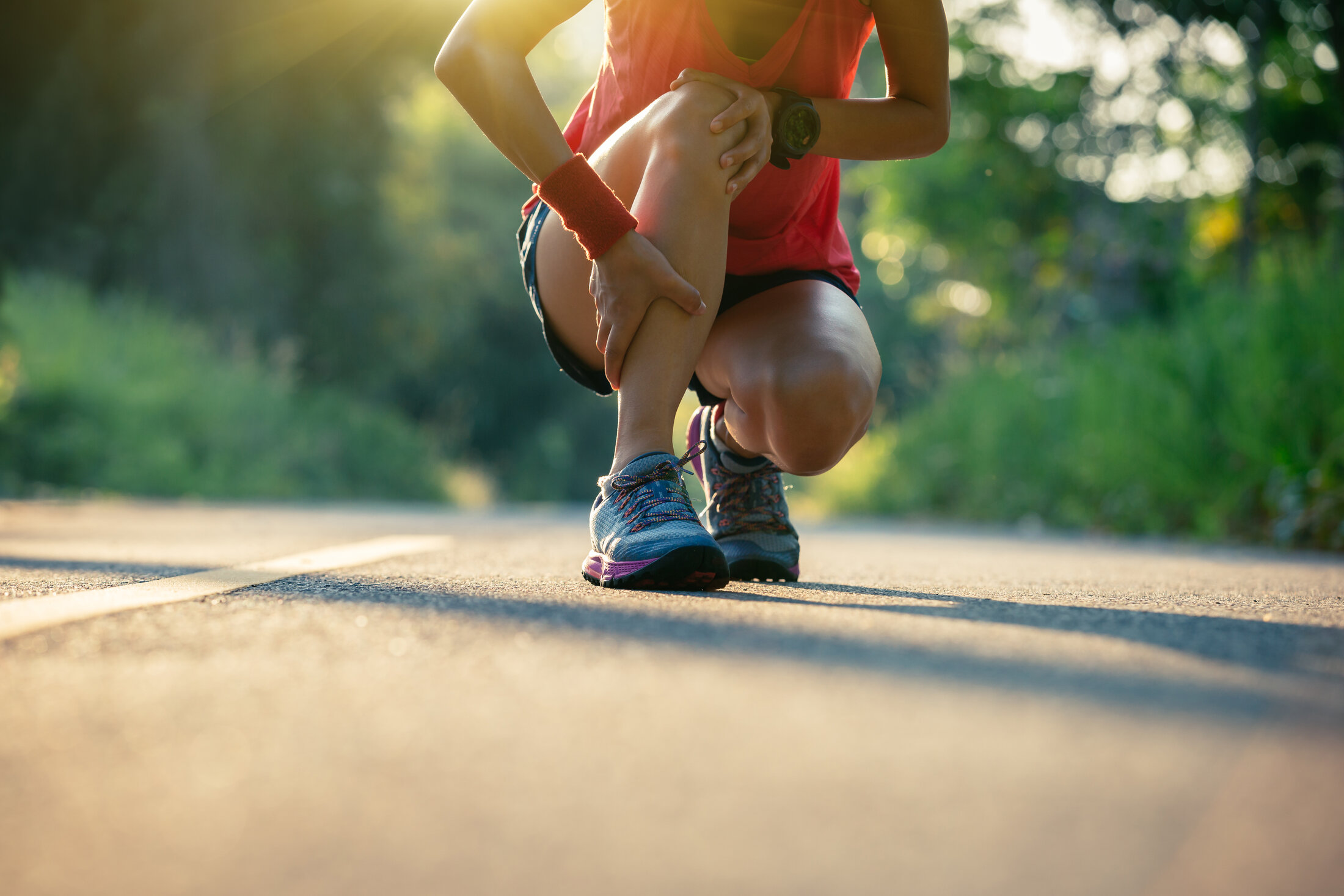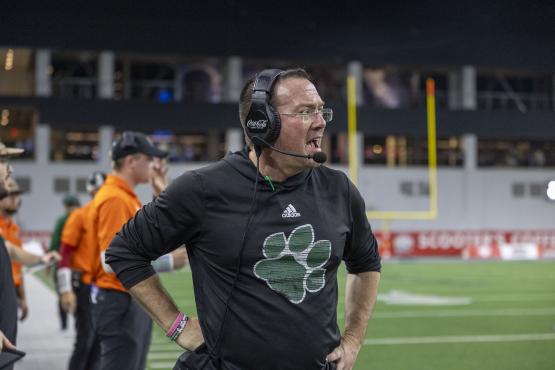
As summer temperatures soar and school sports programs ramp up conditioning practices, heat-related illnesses like dehydration, heat exhaustion, and even heat stroke become serious concerns—especially for student-athletes. According to Ian Klein, an exercise physiologist and associate professor at OHIO, understanding how the body reacts to extreme heat and how to prepare for it is critical to preventing dangerous health outcomes.
This concern is relevant not only for those living in hotter climates but nationwide. The Associated Press reports that between 1992 and 2024, at least 58 high school football players have died from exertional heat stroke.
How Heat Affects the Body
“Extreme heat puts major stress on the body’s cooling systems,” says Klein. “Sweating is our main way of cooling down, but in hot and humid conditions, it simply can’t keep up.”
John Bowman, director of Sports Medicine and Athletics Health Care Administrator at Ohio University, adds that in summer sports, it’s not just the heat but the combination of heat and humidity that athletes need to watch out for.
“In football, body temperature rises even higher the longer practice goes on,” Bowman explains. “So, during a hard practice in full gear, heat stroke is possible at any ambient temperature above 80°F and relative humidity above 40%.”
When athletes train in high heat, their heart rate rises and sweating increases, leading to significant fluid and electrolyte loss. This results in rising core body temperatures, which can escalate to heat stroke if left unchecked.
“Normal body temperature is around 98.6°F, but once you hit 104°F or higher, you're in heat stroke territory,” Klein explains. “At that point, you risk cell death, organ damage, or even death.”

The Danger of Dehydration
Even mild dehydration, just a 1 to 2% loss of body weight in fluids, can negatively impact performance. Athletes may experience muscle cramps, slower reaction times, trouble focusing, and increased fatigue.
Bowman warns that athletes can sweat 1 to 2 liters per hour in the heat but often drink less than what they lose.
“Dehydrating just 2% of body weight, or about five pounds for a 250-pound linebacker, can impair physical performance,” he says. “Dehydration also raises heart rate, lowers cardiac output, and worsens perceived effort, mental sharpness, and endurance. Dehydrated players also heat up faster.”
Severe dehydration can reduce blood volume, impair circulation to vital organs and cause kidney and brain damage. Klein adds that in extreme cases, the body pulls water from inside cells, causing them to die, which can trigger organ failure.
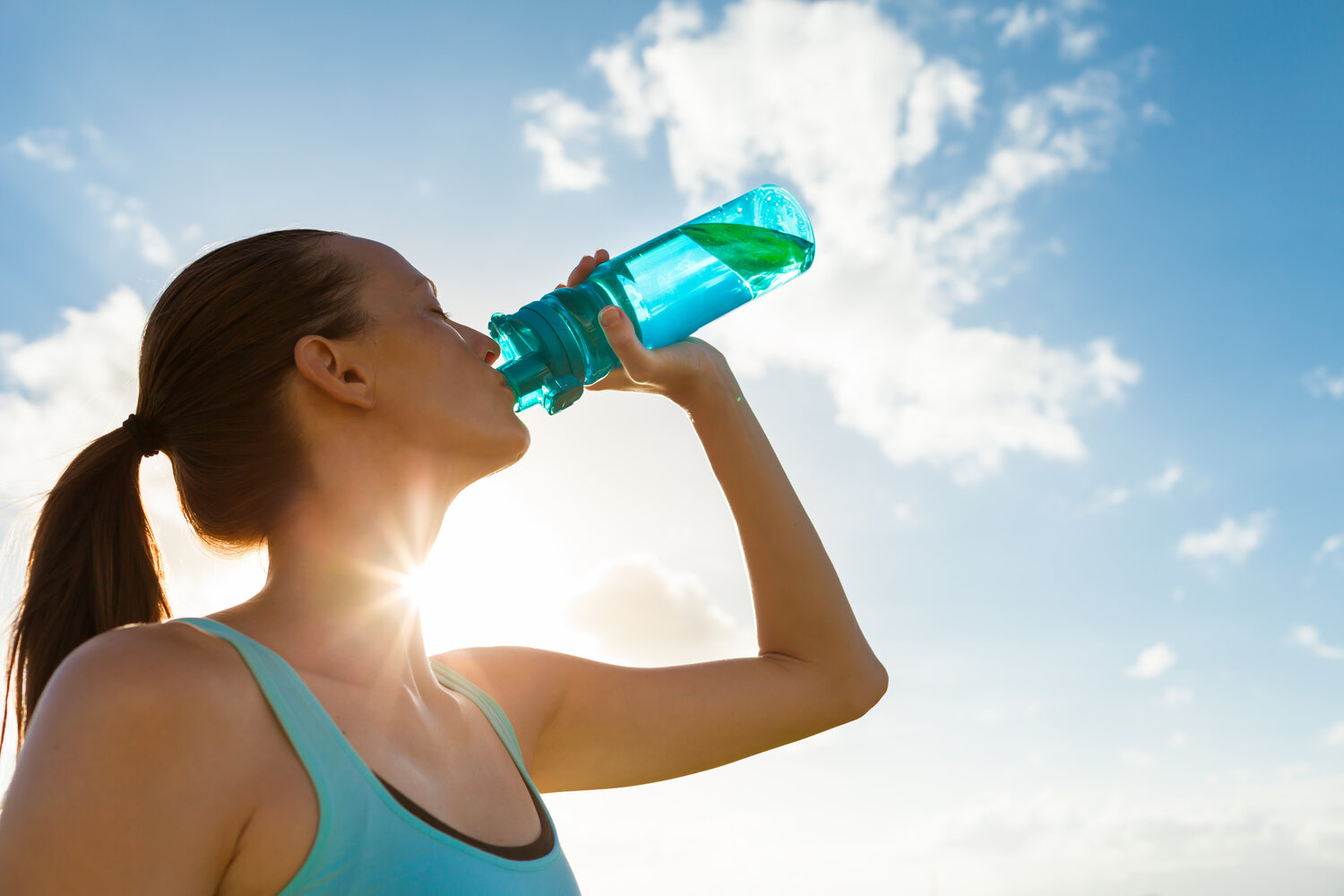
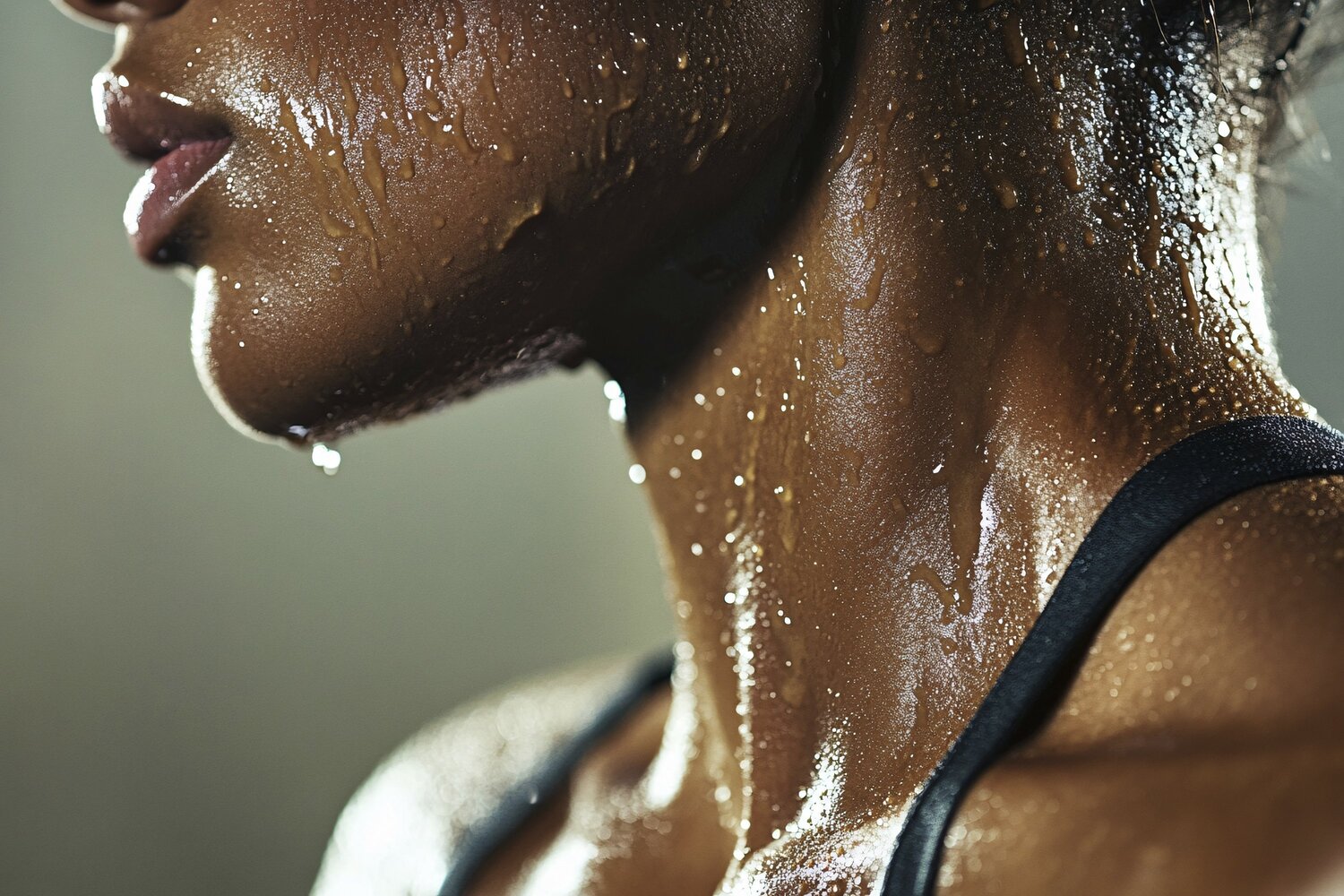
How Heat Stroke Occurs
Heat-related illness typically progresses through stages: muscle cramps due to water and electrolyte loss; heat exhaustion, which causes dizziness, nausea, headaches and extreme fatigue; and heat stroke, where the core body temperature exceeds 104°F. At this stage, confusion, lack of sweating, collapse and potential organ failure may occur.
According to Bowman, early warning signs include irritability, confusion, emotional instability or irrational behavior. Coaches may first notice that a player can no longer think clearly. Dizziness, vomiting, or even chills and goosebumps, which signal a dangerous shutdown of skin circulation, may also appear.
“A player may hyperventilate like a dog pants, causing tingling fingers before collapse. Incoordination and staggering are also late signs, followed by seizure or coma,” he says. “At collapse, core body temp can be 108°F or higher.”
“Coaches and athletes need to spot early warning signs like dry mouth, rapid heart rate, or decreasing performance,” adds Klein. “If breathing and heart rate don’t normalize with rest, that’s a red flag.”
The Role of Coaches and Athletic Trainers in Keeping Students Safe
Klein, who also coaches cross country, emphasizes that athletic trainers and coaches play a critical role in preventing heat illness. They must monitor conditions, recognize symptoms and implement cooling strategies like cold-water immersion or moving practice indoors.
“Full-body immersion in ice water is the gold standard for treating heat stroke,” he says. “But many schools don’t have tubs or enough trained staff. That gap puts athletes at risk.”
Bowman notes that careful planning and structure can also prevent many incidents.
“Limit reps, schedule breaks and hold practice during cooler times of day. Teach athletes to hydrate properly, but not excessively and use cold tanks to cool off. Proper sleep and nutrition are also key to recovery and performance.”
At OHIO, Athletics provides constant communication and messaging to student-athletes, coaches and medical staff about safety and weather. The University offers hydration stations wherever possible and reminds coaches to encourage hydration and recognize warning signs.
“We have constant messaging about safety, weather awareness, hydration, and symptom recognition,” Bowman explains. “Our medical staff makes that the dominant summer message.”
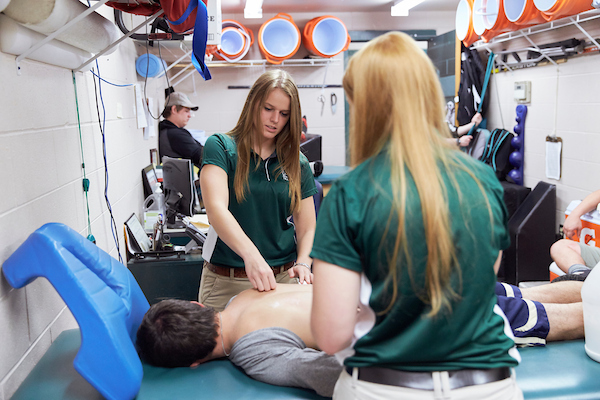
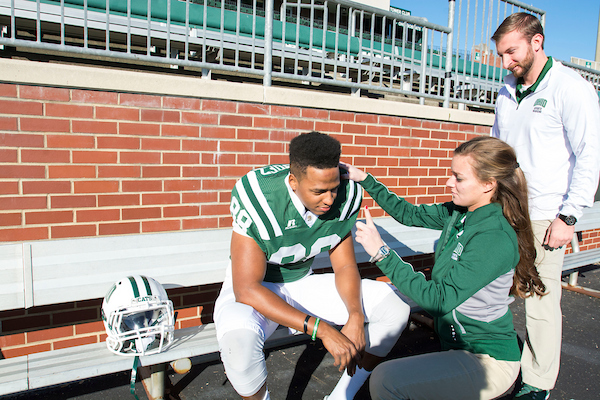
Which Athletes Are Most at Risk?
Football players, especially linemen in full gear, are particularly vulnerable due to their size and equipment.
“The sport is inherently difficult due to clothing requirements,” says Bowman. “Larger body types generate more heat and lose it more slowly.”
Younger athletes may recover faster but their bodies are still developing and may struggle with heat regulation. Preexisting conditions or low fitness also increase risk.
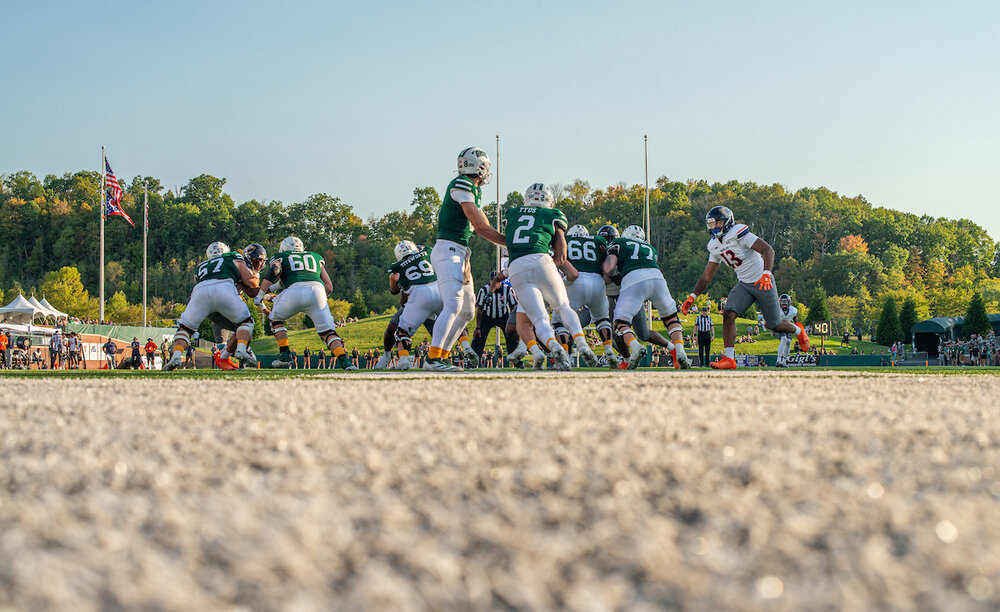
Acclimating to the Heat
Gradual exposure to heat allows the body to adjust by increasing sweat efficiency, blood volume, and electrolyte retention.
“Ideally, this starts as spring turns to summer,” Klein explains. “Start with short outdoor walks or early morning workouts. Don’t jump into full practices during peak heat.”
Bowman agrees, noting that most well-conditioned athletes reach full acclimation in two to four weeks, but the first seven days are the most dangerous. He emphasizes only increasing workloads in hot environments every four to five days, preferably once a week.
Athletes with higher body fat percentages are more vulnerable, Bowman adds. “Those who’ve trained in moderate heat beforehand tolerate it better than those who haven’t.”
Building on that idea, Klein points out that, if done safely, heat training can actually enhance performance as well.
“It increases blood volume and red blood cell production, like altitude training,” he notes. “We call it ‘the poor man’s altitude’ in cross-country. But if done wrong, the risks outweigh the benefits.”
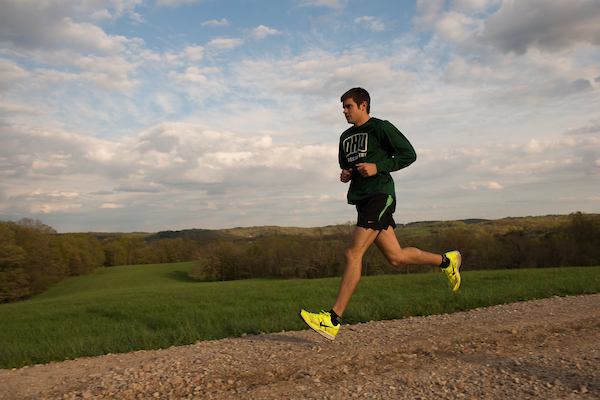
Prevention and Recovery
Klein also emphasizes that heat prevention requires a combination of hydration, acclimatization and smart planning.
“Monitor the heat index, hydrate with electrolytes, and know when to cut a workout short,” he says. “Heat stress isn’t like pushing through pain. The body can shut down quickly if you don’t listen to it.”
Recovery from heat illness varies too. According to Bowman, heat exhaustion may allow return to activity within several days to a week, but for athletes who sustain heat stroke, recovery can take many weeks to months.
When it comes to training in summer heat, preparation and education save lives. Both experts encourage athletes and their coaches to hydrate, watch for warning signs and know the weather in their area.
“The heat can be unforgiving. Respect it, and it won’t beat you,” Klein adds.

